Do you need to fasten a large, heavy object on your pickup truck using ratchet straps, and do you want to know how to do it? You’ve come to the right place, for we have researched this question, and we have the answer for you.
Here is a summary of the simple steps to use ratchet straps on your truck.
- Hook the strap on one side of the truck.
- Hook the ratchet on the opposite end.
- Place the strap over the cargo.
- Insert the strap through the bottom of the ratchet and out the middle slot.
- Pull the strap to reduce the strap’s slack.
- Tighten the strap using the ratchet.
- Lock the ratchet lever down to keep the strap in place.
Let’s talk more about the ratchet strap below and how to use it properly on your truck. Learn about tips for using a ratchet strap to secure common cargo on your truck in the succeeding sections.
Read on!
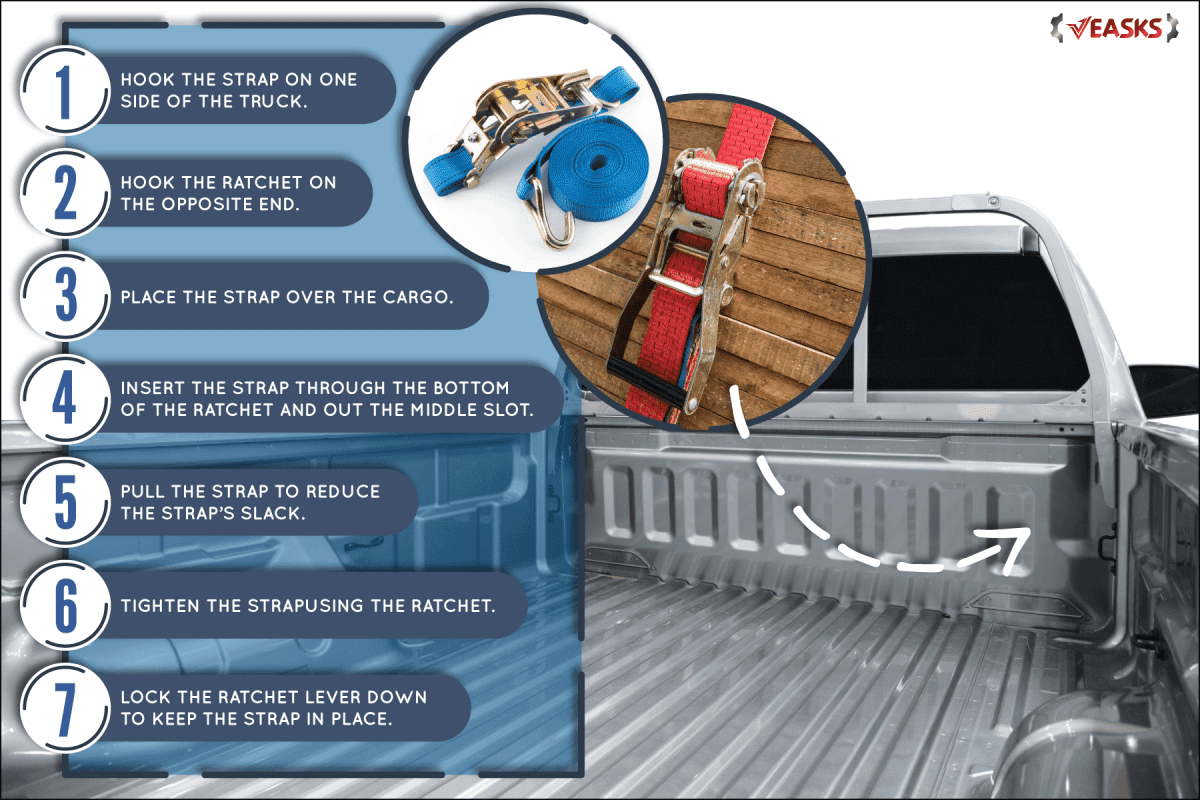
How much weight can ratchet straps support?
Ratchet straps are made of polyester, nylon, and similar materials. Polyester is more durable than nylon and has a lower stretch rate, and straps made of polyester are resistant to abrasion.
A lower stretch rate ensures that the strap will not stretch during transport. A strap that has more stretch is less secure.
Ratchet straps in rescue services use retro-reflective threads to increase visibility.
Most straps have marker lines that indicate their tensile-breaking strength. A strap with a single continuous or broken line has a 5,000-pound breaking strength per inch of width. Thus, a 2-inch-wide strap has a total of 10,000-pound breaking strength.
A two-line marker means that the strap has a 6,000-pound breaking strength per inch of width. This gives these straps a total of 12,000-pound breaking strength for the standard 2-inch-wide strap.
Keep in mind, however, that this load rating is for the strap only. The strap and hooks have a separate load rating. Therefore, if you decide to use a strap with a high capacity, make sure that your ratchet unit and hook have a matching capacity as well.
Strap Labels
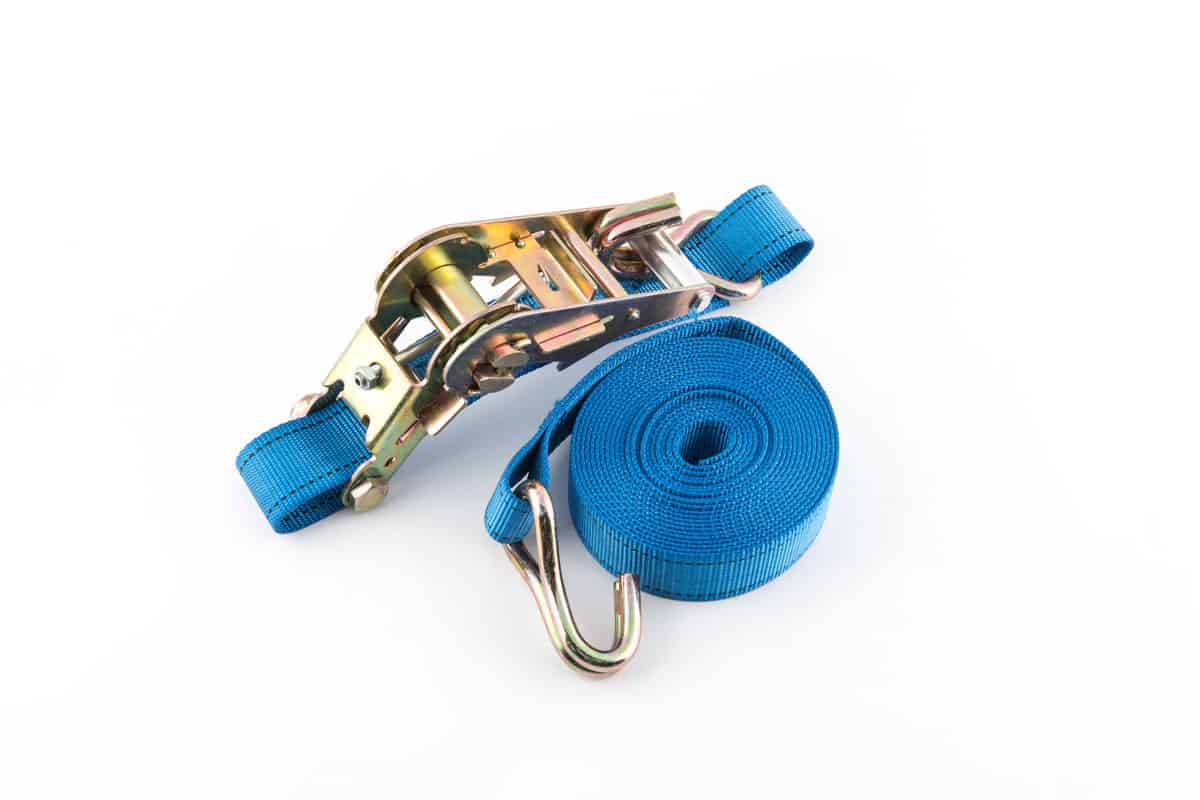
The color of the label of your strap also tells you the material it was made from. If the label is ineligible or missing, you are not legally allowed to use it for safety reasons.
A blue label means that your strap is polyester. A green label is for straps that are polyamide, and a brown label is for polypropylene straps.
A safety reminder in strap labels will remind you that straps are not made for lifting objects. They are only ideal for keeping cargo in place.
The Ratchet Unit And Hooks
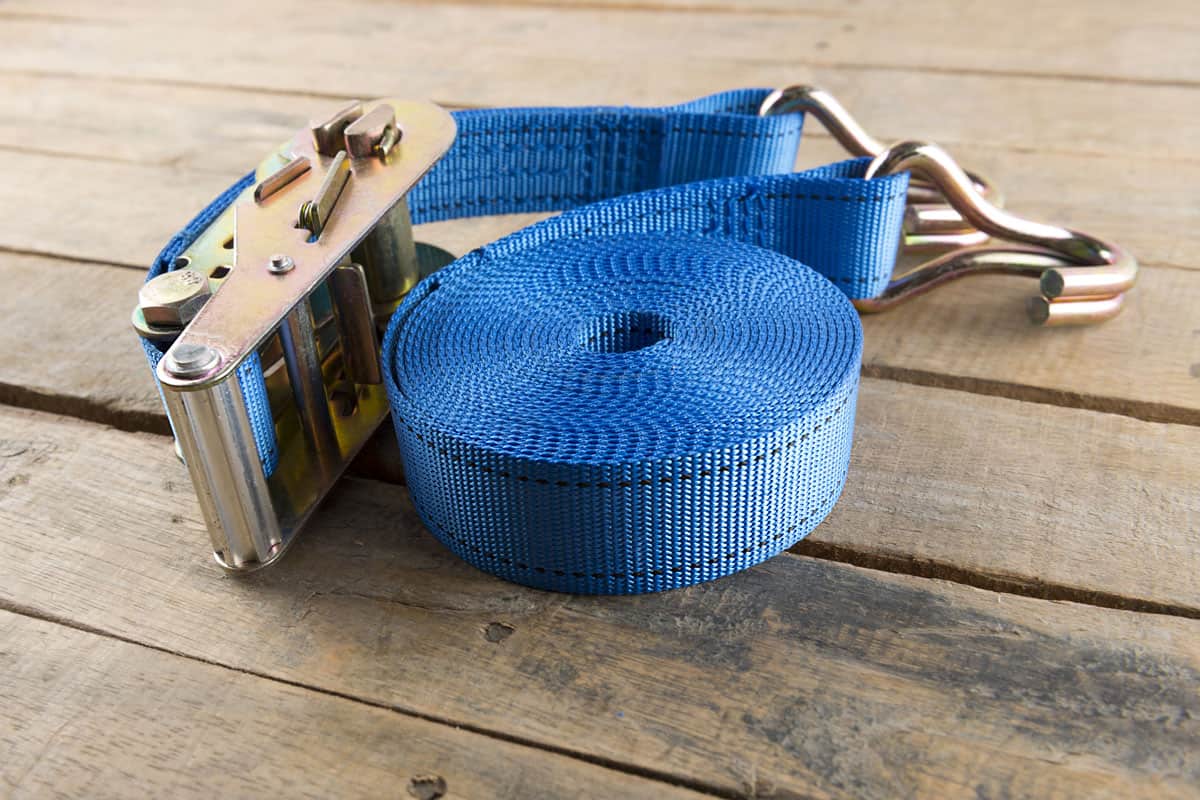
The ratchet unit and the hooks are the remaining components of a ratchet strap system.
The ratchet unit has varying levels of capacity depending on size, material, and manufacturer. Check the capacity of your ratchet unit to make sure that you do not overload it. You may have straps that are capable of strapping down your cargo, but if your ratchet unit cannot keep that cargo down, then your ratchet strap will fail.
Before using your ratchet unit, check for corrosion and deformation.
Moreover, make sure that the mechanism of the ratchet unit can move freely in both directions. It should be able to open completely to release the strap. Otherwise, you will not have a way to release it when you need to get your cargo.
Check the plates for wear, cracks, and splits.
Replace the ratchet unit if you see any signs of wear, cracks, corrosion, or splits.
Similarly, hooks also play an important role. The hooks are what keep the strap and the ratchet unit secure to your truck. Thus, it is equally important to make sure that your hooks will be able to handle the weight of your cargo and keep it secure.
Check that the hooks do not have any signs of deformation due to the previous overloading. Additionally, check for corrosion and cracks.
If you’re using a hook with a safety catch, make sure that the catch doesn’t show signs of damage, corrosion, or deformation. Moreover, the safety catch should be free to move to secure and release the hook.
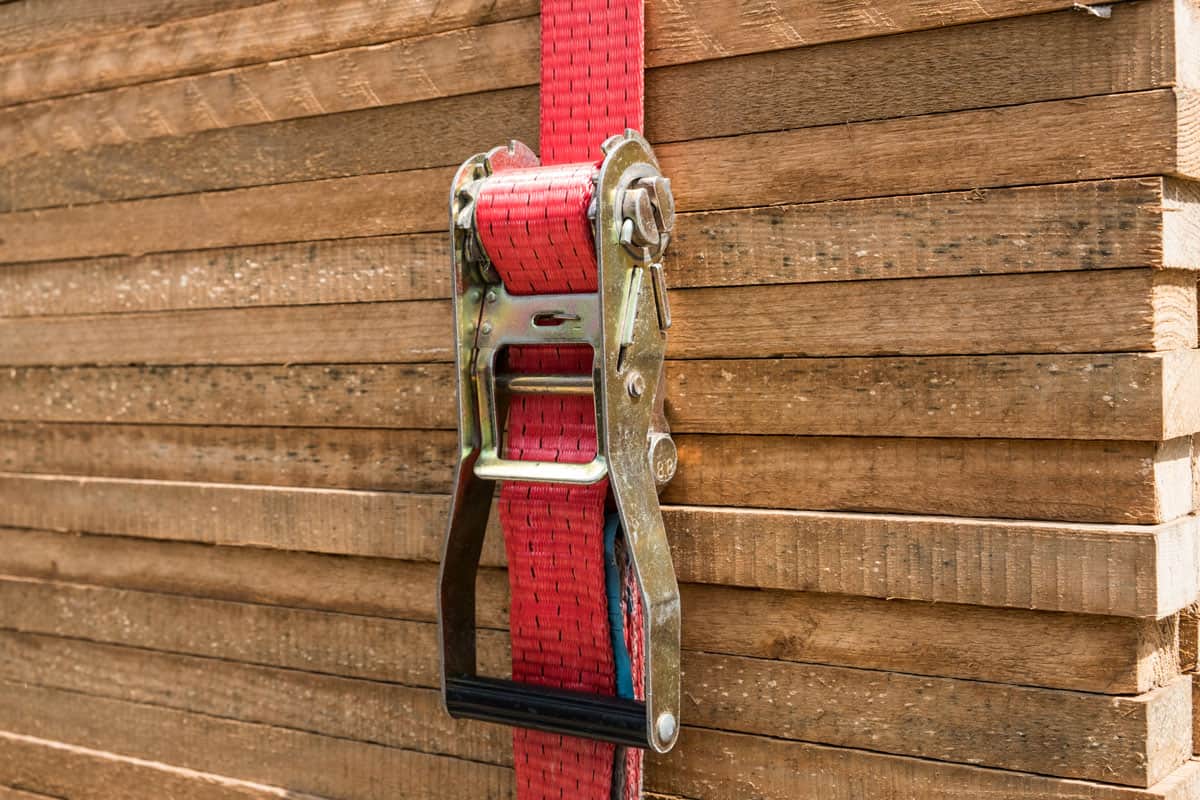
How to use ratchet straps on a pickup truck?
Make sure that your truck is secure before you start loading cargo. Place it in “Park(P)” and activate the parking brake.
Preparing The Bed Of Your Truck
- Place an anti-slip mat on the bed of your pickup truck. This will minimize the movement of your cargo across the floor of your truck’s bed and reduce the load that your ratchet strap has to secure.
- Position your cargo on the bed of your pickup truck.
RESILIA Truck Bed Mat Liner is available on Amazon through this link.
Installing The Ratchet Straps
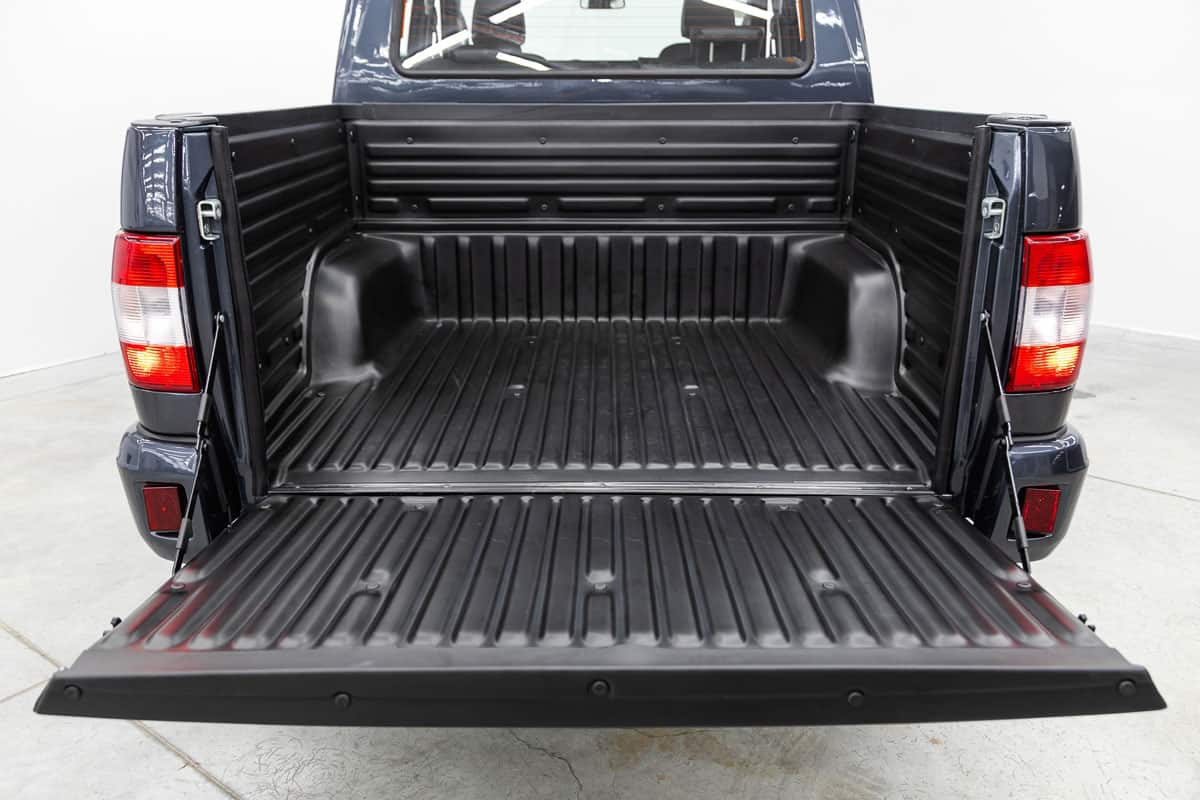
- Hook one end of the strap on the nearest attachment point of your pickup truck.
- Wrap the strap over your cargo. Make sure that the strap is not twisted as you place it over your cargo.
- If your cargo has sharp edges, use corner/edge protectors.
- Insert the strap into the slits of the protectors at each edge. This will protect the straps from damage that can come from the edges or corners of your cargo.
- Similarly, the protectors will also protect the edges and corners of your cargo from the force coming from the strap when you tighten it. This is useful for cargo like cartons.
- Hook the ratchet unit to an opposite attachment point of your pickup truck. Make sure that the lever of the ratchet unit opens upward. You don’t want the lever to end up under the straps.
- Ratchet the axle until the open slot is perpendicular to the length of the ratchet unit.
- Insert the strap under the axle going to the hook of the ratchet unit.
- Insert the strap into the slot of the axle, going in the direction of the strap hook.
- Pull the strap until it is no longer too loose.
- It is not a good idea to let the strap go too loose. Once you ratchet the axle and there is too much strap to go into the axle, the strap can seize the axle and prevent you from releasing the strap once it is time to get your cargo.
- Similarly, when the strap is too tight, the axle will not have anything to grip when you ratchet it to tighten its grip on your cargo.
- Give it just a few inches extra length before you start ratcheting the axle.
AUGO Ratchet Tie Down Straps is available on Amazon through this link.
Securing Your Ratchet Strap

- Ratchet the axle slowly until the strap has a good amount of tightness.
- Always ratchet by hand only. Never use tools to tighten the ratchet, and never use your foot and weight to ratchet the axle. Doing so can damage the axle and compromise the stability of your cargo.
- Moreover, a bent axle can seize and prevent you from releasing the strap to get your cargo.
- Secure the loose end of the strap if there is any and if it is too long.
- Add a strap to other areas of your cargo following the same steps until you secure it to your truck, preventing it from sliding horizontally in different directions across the bed.
How to release the ratchet straps?
- Make sure that your truck’s parking brake is active and its transmission is in “Park(P).”
- Start with the last ratchet strap that you installed. Move the lever of the ratchet strap all the way up.
- Pull the ratchet unit away from the cargo to loosen the strap.
- Pull the strap in the opposite direction until you get it out of the ratchet unit.
- Repeat the same steps to release the rest of the ratchet straps until you release your cargo.
Conclusion
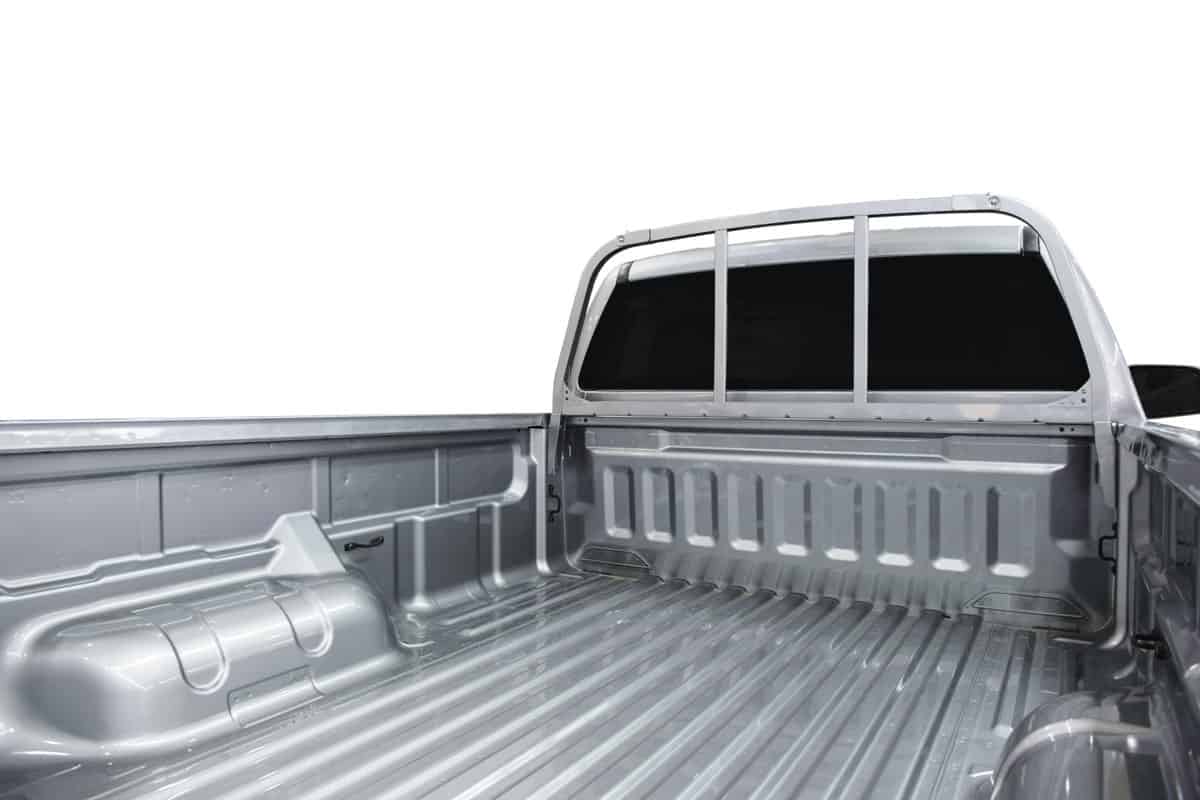
Using a ratchet strap on your pickup truck is easy. What can be tricky is matching the weight of the load to the load capacity of your strap, ratchet unit, and hooks.
If you enjoyed reading this article, you might find the articles below equally enjoyable to read:




![Portrait of middle aged bearded truck driver standing by the truck and showing his commercial driver license. Focus on CDL license. Truck driving school and job openings, Do You Need A CDL To Drive A Box Truck [By State]](https://veasks.com/wp-content/uploads/2022/11/PORTRA1-600x400.jpg)
